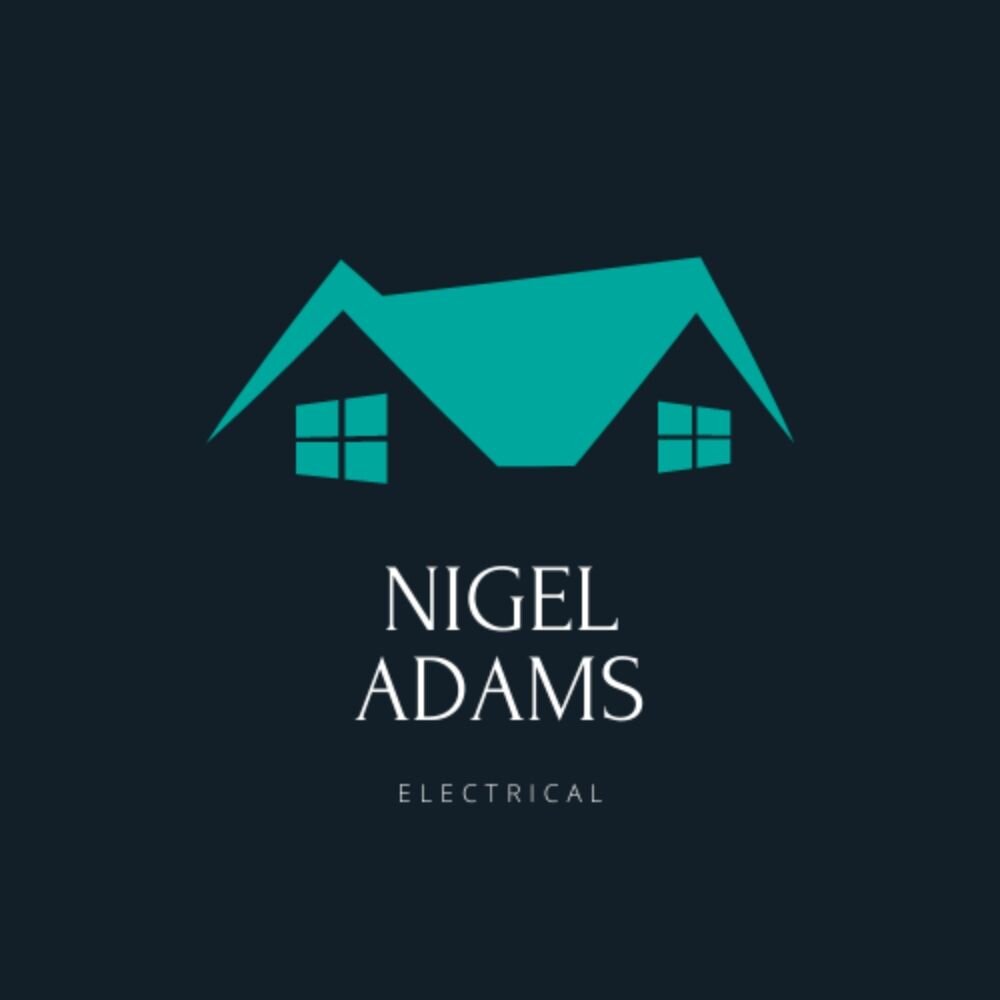What are the Electrical Safety Standards
Earlier this year a draft called The Electrical Safety Standards in the Private Rented Sector (England) Regulations 2020 was laid in Parliament. The new regulations require a resolution of each rental property in England.
But what are the Electrical Safety Standards and what does that mean?
Electrical safety rules for all tenancies
Councils, housing associations and private landlords must make sure their tenants' homes are safe and fit to live in throughout all tenancy agreements.
They must keep wiring and electrical installations in safe working order, including plug sockets, fuse boxes, light fittings, electric water heaters and heating systems.
Electrical safety checks for private tenancies
From 1 July 2020, private landlords must make sure that all electrical installations are inspected and tested by a registered electrician.
The electrician will produce an Electrical Installation Condition Report (EICR).
The report will either:
Confirm that all installations meet the required safety standards
Tell the landlord to undertake further investigative or repair work within 28 days
The report also states when the next electrical safety check is due. Checks must be carried out at least every 5 years, or sooner if the report says so.
As a landlord, you must give you a copy of the report within 28 days of the inspection.
Do you need help with your domestic or commercial electrical needs?
When an electrical safety check must be done by?
For private tenancies starting on or after 1 June 2020, the first check must be done before any tenancy starts.
A prospective landlord must give a copy of the most recent report to any new tenants that move in or if asked in writing by an existing tenant.
Portable appliances and equipment
As a landlord, you must ask a qualified electrician to carry out portable appliance (PAT) testing on any electrical equipment you have supplied with the tenancy. For example: TVs, kettles or toasters.
The electrician will safety test the appliances in your home and leave a sticker on the plug to show when it was tested and when the next PAT test is due.
PAT testing is not a legal requirement for landlords but it's a recommended way for them to comply with their obligation to keep your home safe during the tenancy.
The check must result in a report giving the results and the date of the next inspection, and this must be supplied to the tenant within 28 days. If the Local Authority request a copy it must be provided within 7 days.
Do all properties need to be checked?
Some tenancies are excluded from the new regulations – private register providers of social housing, lodgers, tenant sharing accommodation with landlord’s family, long leases, student halls of residence, hostels and refuges, cares homes, hospitals and hospices, and other NHS provided accommodation.
Penalties
The penalty for breach of such an order is a ‘civil penalty’ (as per Housing Act 2004 and Housing and Planning Act 2016) of up to £30,000.
But this ‘up to £30,000 penalty’ also applies to any duty under regulation 3. So the Local Authority can levy a penalty on the landlord for failing to provide the tenant or prospective tenant with an electrical safety certificate at the required times.
As always, if you have any questions, would like some professional advice or you if are looking for a professional electrician to manage any work for you, contact us today. We are here to help.
Nigel Adams - Surrey Electricians
Email: info@nigeladamselectrical.com
Tel: 01483 232066
Mob: 07850 268024






